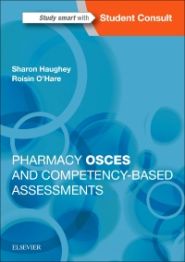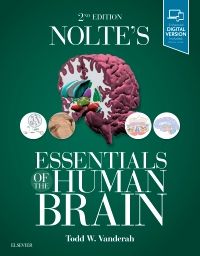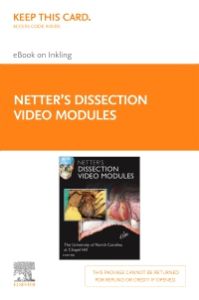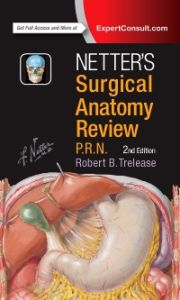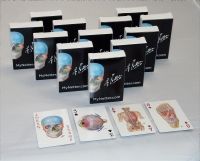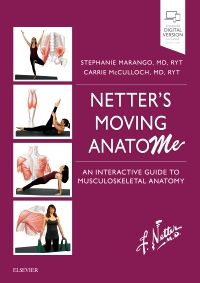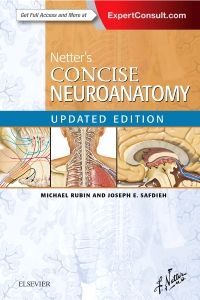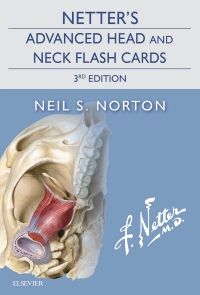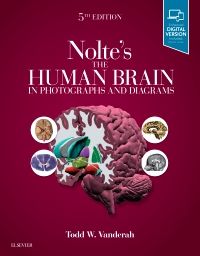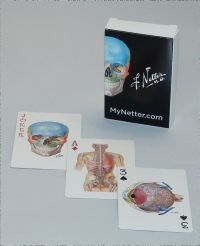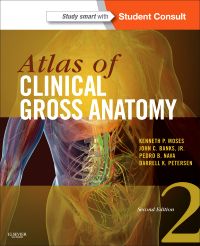Pharmacy OSCEs and Competency-Based Assessments, 1st Edition
Patient safety is now a very strong focus of pharmacy degrees. Competency-based evaluations of pharmacy students using simulated assessments including Objective Structured Clinical Examinations (OSCEs) and Criterion Referenced Assessments (CRAs) are increasingly commonplace. These are designed to simulate aspects of real-life pharmacy practice in order to train students to integrate their knowledge of medicinal chemistry, pharmaceutics, therapeutics, legislation, clinical skills, numeracy, communication and empathy, and to test a student’s ability to provide safe and effective patient care.
This book provides a unique resource to support students and trainers in developing and practising these essential skills. It is designed as a useful resource for undergraduate students, clinical tutors and those involved in teaching students on pharmacy degree courses.
Format
- OSCE outline
- Format (written/interactive)
- Level of difficulty
- Time limit
- Props supplied (e.g. BNF)
- Competencies tested
- Station task
- Model Answers and sample marking schemes
- Tips
Patient safety is now a very strong focus of pharmacy degrees. Competency-based evaluations of pharmacy students using simulated assessments including Objective Structured Clinical Examinations (OSCEs) and Criterion Referenced Assessments (CRAs) are increasingly commonplace. These are designed to simulate aspects of real-life pharmacy practice in order to train students to integrate their knowledge of medicinal chemistry, pharmaceutics, therapeutics, legislation, clinical skills, numeracy, communication and empathy, and to test a student’s ability to provide safe and effective patient care.
This book provides a unique resource to support students and trainers in developing and practising these essential skills. It is designed as a useful resource for undergraduate students, clinical tutors and those involved in teaching students on pharmacy degree courses.
Format
- OSCE outline
- Format (written/interactive)
- Level of difficulty
- Time limit
- Props supplied (e.g. BNF)
- Competencies tested
- Station task
- Model Answers and sample marking schemes
- Tips
Key Features
- Short chapter introductions about how to tackle the type of problems encountered in the chapter.
- Station examples to test your ability to integrate knowledge and skills.
- Stations written in detail so that you can practise and then check or score performance against model answers.
- Examples of competency-based assessments designed to assess the level of integration between science and practice.
Author Information




